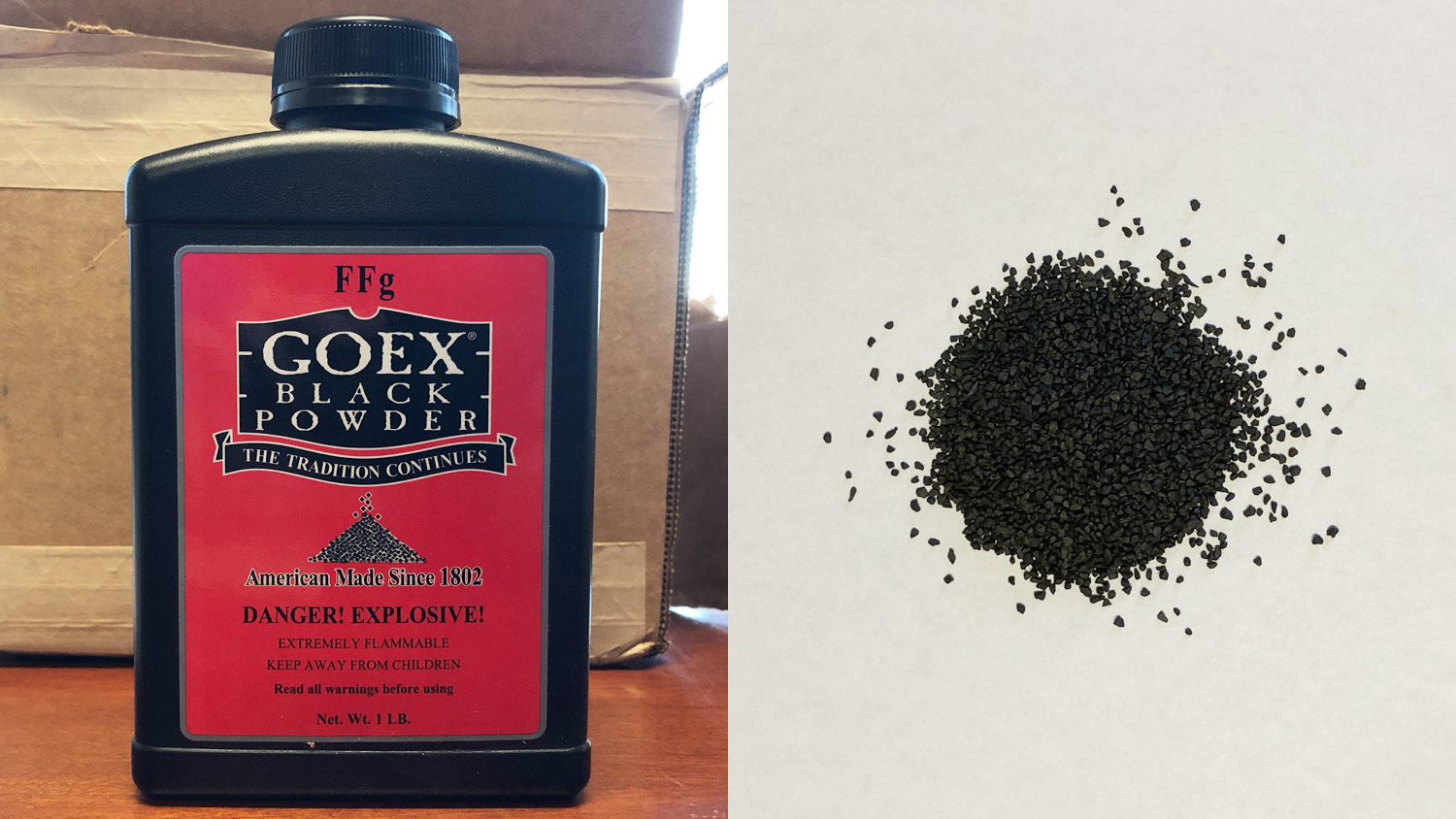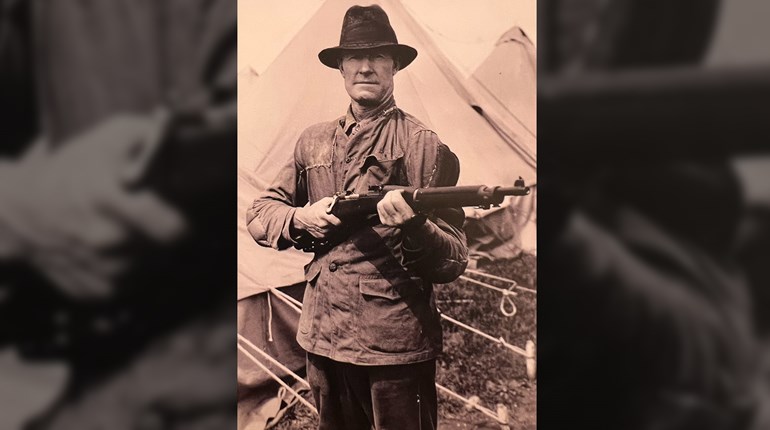
After first using black powder to inspire wonder (pyrotechnic displays) and fear (guns), early adopters began employing the mixture to break rock. Many historians rank the harnessing of black powder as one of the discoveries that ended the Middle Ages, giving mankind access to large quantities of coal, iron ore and other minerals.

Early developers named the combination of saltpeter, sulfur, and charcoal “gunpowder,” before the advent of smokeless powder. While our forefathers used “black” powder in their guns and cannon, they used many different gunpowder types, in the same way we use many different smokeless powders today. The charcoal-based powder we call black powder works because of the deflagration of a fuel (charcoal)–oxidizer (potassium nitrate) combination, assisted by an inflammable element (sulfur), that spreads combustion throughout the mixture. The reaction of black powder during combustion is not simple, as it produces at least 14 different gases and solids in a cloud of white corrosive smoke. The flame contains so many finely divided hot, solid particles that, even today, black powder is one of the best igniters of large charges of smokeless powder in military and naval cannons.
An interesting development at the height of the use of charcoal-based gunpowder was the introduction of “cocoa” or brown powder. Produced by partially burning straw or wood, brown powder allowed a much slower burn, enabling the use of large, long-range rifled cannon. Big guns using faster powders required massive chambers to withstand the propellant’s near-detonation, whereas slower brown powders allowed for less massive guns due to the slower build up of pressure. Unfortunately, brown powder also had greater friction-sensitivity than black powders. Brown powder use by U.S. naval ships in the Spanish-American War may have been the cause of the loss of the U.S. battleship Maine, a critical event in starting the war. At the time, the tragedy was attributed to the placement of a mine under the ship by the Spaniards. Later analysis showed the blast originated spontaneously in a coal or powder magazine (bunker) within the ship.
See more: Everything Handloaders Need To Know About Smokeless Powder

































